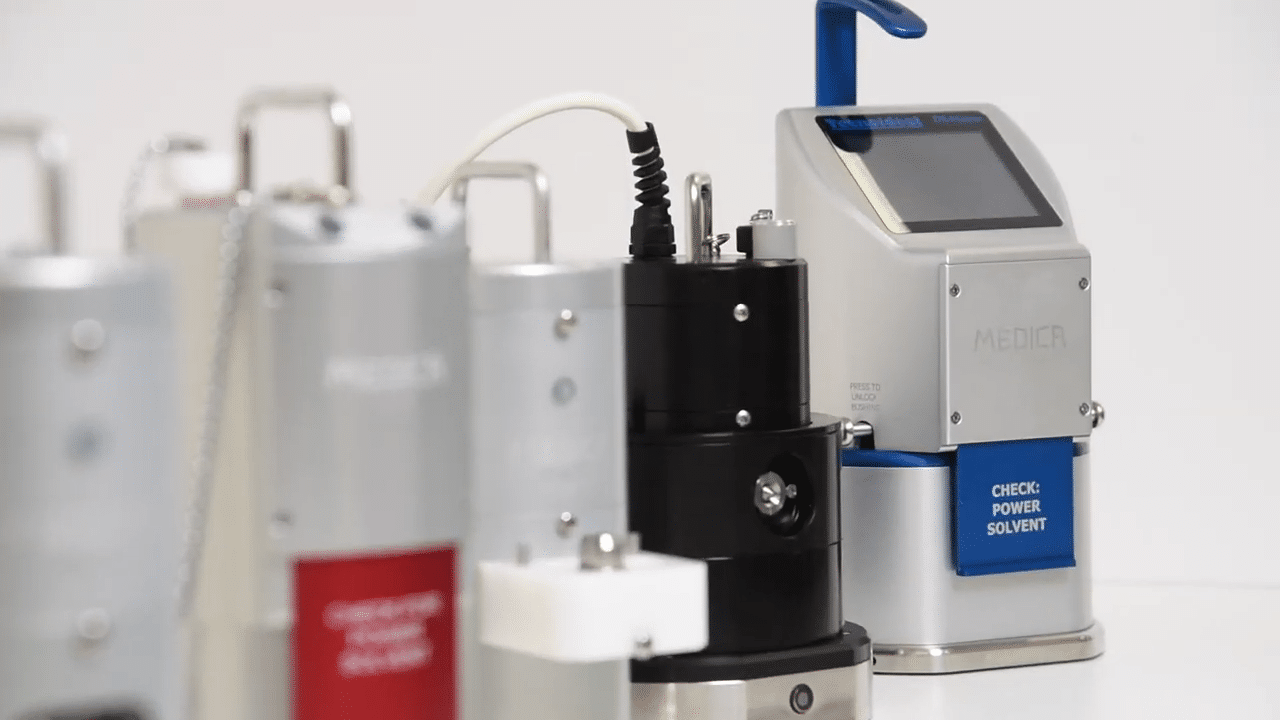
In the past, operators have used the brush-on method (brushing solvent onto the tube) and the dip-dab method (dipping a tubing into an open container of solvent) to apply solvents. These procedures were wasteful, inefficient, and usually resulted in the imprecise application of solvent or adhesive, both in depth and quantity. Moreover, the operators were exposed to a remarkable amount of fumes or vapors deriving from the open containers of the solvent they had to work with. Thankfully, automatic and enclosed dispensers have made the bonding procedures for medical devices more efficient, accurate and safe.
However, not all dispensers are created equal, and choosing the best dispenser for your medical device manufacturing can be daunting. While there are a few commonalities between most solvent dispensers, they can still differ in many ways.
Differences between dispensers include: compatibility with the different solvents or adhesives, adaptability to particular user’s needs, reliability and reproducibility of the bonding, safety for the operator, cost effectiveness, and overall quality of the production. So, how do you choose the best dispenser solutions for your operations?
1 – Type of solvent or adhesives used
What type of bonding agent will you use to manufacture your devices?
Among others, there are two ways to assemble plastic tubing and components that can require dedicated dispensers. One is the use of solvents and the other is the use of adhesives, in this case UV cured adhesives.
The tubing materials and the components usually dictate the type of solvents or adhesives.
Both solvents and the UV cured adhesives require dedicated dispensers and they are not interchangeable; solvent dispensers for solvents and UV Glue dispensers for UV cured adhesives.
2 – Internal or external application
Will you wet the tubing internally or externally?
The assembly of a product may require that the solvent or the adhesive be applied on the internal (ID) or external (OD) diameter of the tubing, component, or chamber. Larger diameter tubings usually have solvent or glue applied internally, while smaller ones typically have solvent applied externally. Most dispenser models provide both internal and external options. It’s essential to determine which type of application your assembly process requires before choosing your solvent dispenser.
External Diameter (A1) vs. Internal Diameter (A2)
3 – Type of applicators (bushings)
What size and type of applicator will you need?
Also known as “bushings” or “adapters,” the applicators are the core of all dispensers. It’s through the bushings that operators wet the pieces of tubing with solvent or UV-cured glue.
Dispensing methods include porous elements, capillary holes, fluid pumps, or “dipping.” Regardless of the technique employed, bushings are generally custom-designed to meet each manufacturer’s product specifications. The bushings’ specifications include the tubing’s diameter and length, and the quantity of solvent to be applied. While bushings come in either plastic or metal, stainless steel is considered the best material for bushings due to its durability and resistance to chemicals.
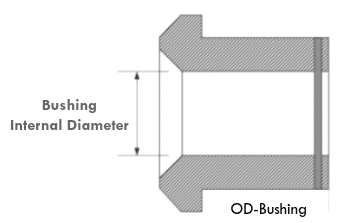
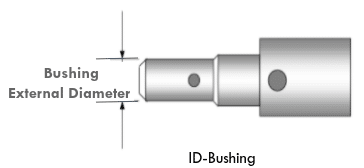
4 – Quality Control
How important is quality control?
Most dispensers will do an acceptable job at applying solvent or adhesive, but few can be a tool to help manage product quality. For example, a machine like the DS-Vision can confirm the presence of solvent on each tubing. It can be an asset for quality control departments looking to reduce the amount of defective products.
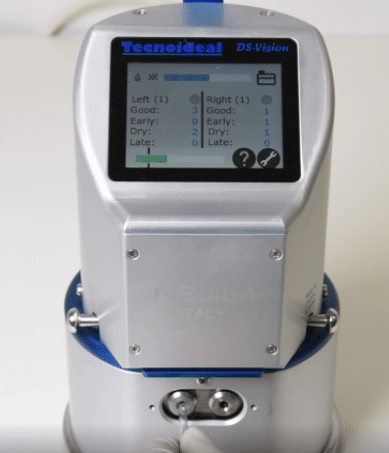
5 – Vertical or horizontal dispensing
Which dispensing orientation is necessary for your components?
Dispenser solutions could accommodate either horizontal dispensing (from the side) or vertical dispensing (from the top) depending on the type of components the operators plan to bond. However, the kind of device you will assemble (bloodline vs. blood-chamber) will likely dictate your dispenser orientation.
To date, most dispenser solutions favor horizontal dispensing due to high production volumes of medical tubing lines.
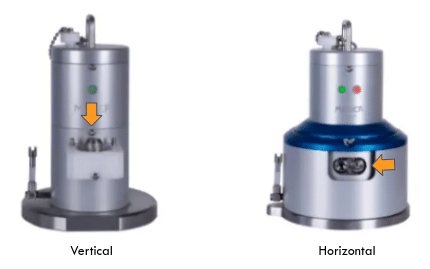
6 – Number of bushings available
How complex is the product that needs to be assembled?
Solvent dispensers generally come with the lodging for 1, 2 or 4 bushings. Multiple bushing lodgings are great for quick assembly of medical products that require components of varying sizes. However, machines with these features can be an unnecessary expense for manufacturers that only need one size. Some models now come with customized adapters or bushings that are easy to install and remove.

7 – Safety and environmental features
Is your company concerned with limiting environmental contamination?
Solvents can emit unpleasant and potentially dangerous vapors during the assembly cycle. When inhaled, the solvent vapors can cause headaches, dizziness, nausea, drowsiness, blurry vision, and more serious long-term effects. For that reason, you want to purchase a machine that limits the release of solvent fumes in the air. Features such as vapor conveyor systems, special seals, and large reservoir capacities to reduce refilling frequency will help control environmental contamination caused by the solvent vapors.
8 – Innovation
How could innovation improve your operations?
The latest generation of solvent dispensers provides quality and production-related data to assist managers and operators.
Request a quote for a Tecnoideal America’s most advanced dispenser
Some innovative features include:
- Password protection
- Automatic shut-down features
- Anti-clogging systems
- Solvent level detection
- Internal counters to keep track of pass/fail rates and more
Bonding of components is an essential aspect of medical device manufacturing. Choosing the best solvent or UV glue dispenser for your operations will save you time and money. Be sure to answer all relevant questions before making a purchase.
